When it comes to pet collars, there are a wide variety available out there. There are all different sizes, shapes, colors, and materials to choose from. Choose the one that is best for the size of your animal and your own personal preferences.
Let's look at the types of collars available. There are buckle collars, which fasten or buckle and are made from a material like leather or nylon. These do not choke or strangle dogs, are adjustable, and can be flat or rolled.
Another type of collar is the quick release collar. These are a flat buckle collar that has plastic fastenings on it. These fastenings assist in easy putting on and taking off of the collar. This type of collar is adjustable and will not tighten on the neck of the dog.
Another type of collar is called a breakaway collar. Because his dog got it's collar caught on something and choked to death, the inventor of this collar designed it to be quick release, so the dog can break away if the collar is caught. When this collar is attached to a leash it will not open to allow you control over the dog.
A slip collar is also known as a choke chain. These are usually used as a primary training tool for dogs. These collars are never advised by veterinarians because they can cause tracheal, neck, and back injuries. Their use can also be very traumatic for the animal.
These collars are intended to give a jerk to the dog every time they misbehave. Another type of training collar is called a pinch, or prong, collar. These collars are a lot safer to use than choke collars and do not cause injury to the animal.
These collars should never be used on puppies, and they should always be used with a backup collar on a leash as the spring may get worn down. The third type of training collar is a shock or remote collar. These collars deliver a shock, or electrical current, to train the animal. There are levels to the shock that range from low to high, so individual settings can be changed.
No matter which collar type you choose, there are a few safety tips to remember. There should always be a two finger width between the collar and the neck of the animal. Collars that do not fit correctly may injure or even kill your animal. Keep your animal safe and use the correct recommended collar. If you are not sure, ask your vet for suggestions.

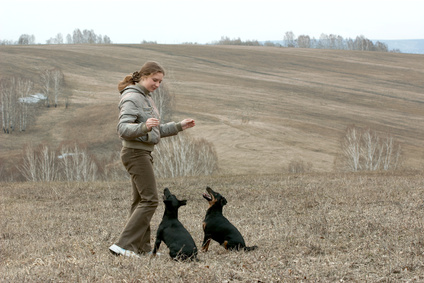 Classes for Training Service Dogs
Classes for Training Service Dogs
Clas
Classes for Training Service Dogs
Classes for Training Service Dogs
Clas
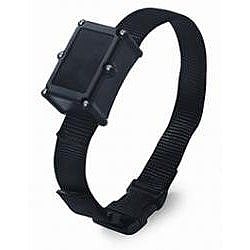 How to find the Best Electronic Dog Training Collar
How to find the Best Electronic Dog Training C
How to find the Best Electronic Dog Training Collar
How to find the Best Electronic Dog Training C
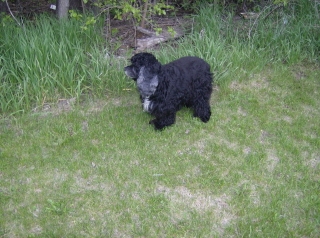 How to House Train a Full Grown Dog
How to House Train a Full Grown Dog
Ho
How to House Train a Full Grown Dog
How to House Train a Full Grown Dog
Ho
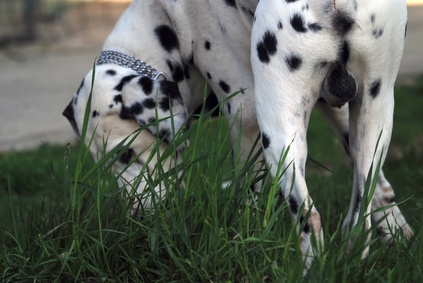 How to Potty Train a Difficult Dog
How to Potty Train a Difficult Dog
How
How to Potty Train a Difficult Dog
How to Potty Train a Difficult Dog
How
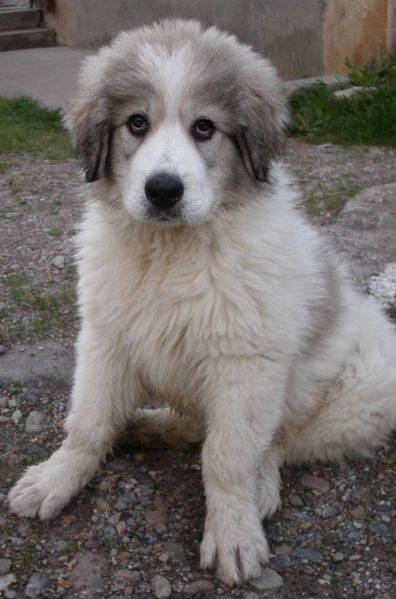 Potty Training a Puppy While at Work
Potty Training a Puppy While at Work
P
Potty Training a Puppy While at Work
Potty Training a Puppy While at Work
P